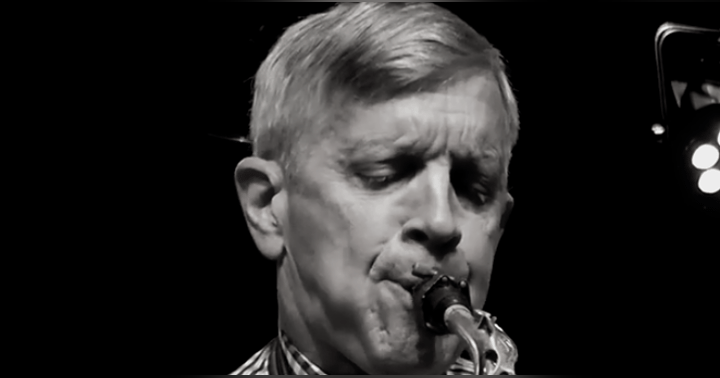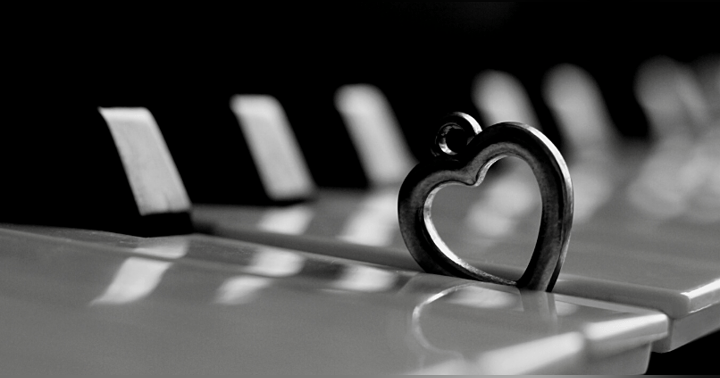Traditional Locked Hands

Greetings JazzPianoSkills Fam!
OK, I have waited to write this blog post until we completed our five-week series of Traditional Locked Hands Voicings. When beginning to discover, learn, and play any new jazz piano skill it is always best to do so by isolating sound, And, this was exactly the approach we used to begin voicing chords using traditional locked hands. Each week of the series was dedicated to one of the primary sounds of music (major, dominant, minor, half diminished, diminished). But before I map out voicings using traditional locked hands, I want to share a concise explanation of Locked Hands found on Wikipedia.
The Locked Hands style is a technique of chord voicing for the piano. Popularized by jazz pianist George Shearing, it is a way to implement the "block chord" method of harmony on a keyboard instrument. The locked hand’s technique requires the pianist to play the melody using both hands in unison. The right hand plays a 4-note chord inversion in which the melody note is the highest note in the voicing. The other 3 notes of the chord are voiced as closely as possible below the melody note, which is the definition of a block chord. The left hand doubles the melody note one octave lower. To achieve this result, the pianist's hands must be placed close together on the keyboard and both hands move simultaneously in the same direction. To an observer, the pianist's hands appear to be locked together. The technique had been employed by numerous jazz pianists prior to Shearing, such as Phil Moore, Duke Ellington, Count Basie, and Red Garland. Shearing said he was first exposed to it through Milt Buckner, the pianist for Lionel Hampton and the musician considered the originator of the technique. This harmonic technique was also used in the horn arrangements of Glenn Miller's big band and is a staple of modern big band arranging.
I have outlined below the Locked Hands Voicings for each of the primary sounds of music (major, dominant, minor, half diminished, diminished). Practice these shapes and sounds as I demonstrated in each of the JazzPianoSkills Podcast Episodes; a link to each episode is provided below as well.
Major Locked Hands (Ionian Mode)
Example: C Ionian = C D E F G A B
LH : 1 (thumb) | RH: 3-5-7-1
LH : 2 (thumb) | RH: 3-5-7-2
LH : 3 (thumb) | RH: 5-7-1(2)-3
LH : 4 (thumb) | RH: 5-7-1(2)-4
LH : 5 (thumb) | RH: 7-1(2)-3-5
LH : 6 (thumb) | RH: 7-1(2)-3-6
LH : 7 (thumb) | RH: 1-3-5-7
Dominant Locked Hands (Mixolydian Mode)
Example: C Mixolydian Mode = C D E F G A Bb
LH : 1 (thumb) | RH: 3-5-7-1
LH : 2 (thumb) | RH: 3-5-7-2
LH : 3 (thumb) | RH: 5-7-1(2)-3
LH : 4 (thumb) | RH: 5-7-1(2)-4
LH : 5 (thumb) | RH: 7-1(2)-3-5
LH : 6 (thumb) | RH: 7-1(2)-3-6
LH : 7 (thumb) | RH: 1-3-5-7
Minor Locked Hands (Dorian Mode)
Dorian Mode = 1 2 b3 4 5 6 b7
Example: C Dorian Mode = 1-2-3-4-5-6-7
LH : 1 (thumb) | RH: 3-5-7-1
LH : 2 (thumb) | RH: 3-5-7-2
LH : 3 (thumb) | RH: 5-7-1(2)-3
LH : 4 (thumb) | RH: 5-7-1(2)-4
LH : 5 (thumb) | RH: 7-1(2)-3-5
LH : 6 (thumb) | RH: 7-1(2)-3-6
LH : 7 (thumb) | RH: 1-3-5-7
Locked Hands Minor Episode
Half Diminished Locked Hands (Locrian Mode)
Example: C Locrian Mode = C Db Eb F Gb Ab Bb
LH : 1 (thumb) | RH: 3-5-7-1
LH : 2 (thumb) | RH: 3-5-7-2
LH : 3 (thumb) | RH: 5-7-1(2)-3
LH : 4 (thumb) | RH: 5-7-1(2)-4
LH : 5 (thumb) | RH: 7-1(2)-3-5
LH : 6 (thumb) | RH: 7-1(2)-3-6
LH : 7 (thumb) | RH: 1-3-5-7
Locked Hands Half Diminished Episode
Diminished Locked Hands (7th Mode Harmonic Minor)
Example: C 7th Mode Harmonic Minor = C Db Eb Fb Gb Ab Bbb
LH : 1 (thumb) | RH: 3-5-7-1
LH : 2 (thumb) | RH: 3-5-7-2
LH : 3 (thumb) | RH: 5-7-1(2)-3
LH : 4 (thumb) | RH: 5-7-1(2)-4
LH : 5 (thumb) | RH: 7-1(2)-3-5
LH : 6 (thumb) | RH: 7-1(2)-3-6
LH : 7 (thumb) | RH: 1-3-5-7
Locked Hands Diminished Episode
If you have not listened to Traditional Locked Hands Episodes then I would encourage you to do so. If you are a JazzPianoSkills Member be sure to use the Podcast Packets (Illustrations, Lead Sheets, and Play Alongs) for each of the episodes to help you maximize your musical growth.
Thanks for being a JazzPianoSkills Member. It is my pleasure to help you discover, learn, and play jazz piano!
Warm Regards,
Dr. Bob Lawrence
JazzPianoSkills


